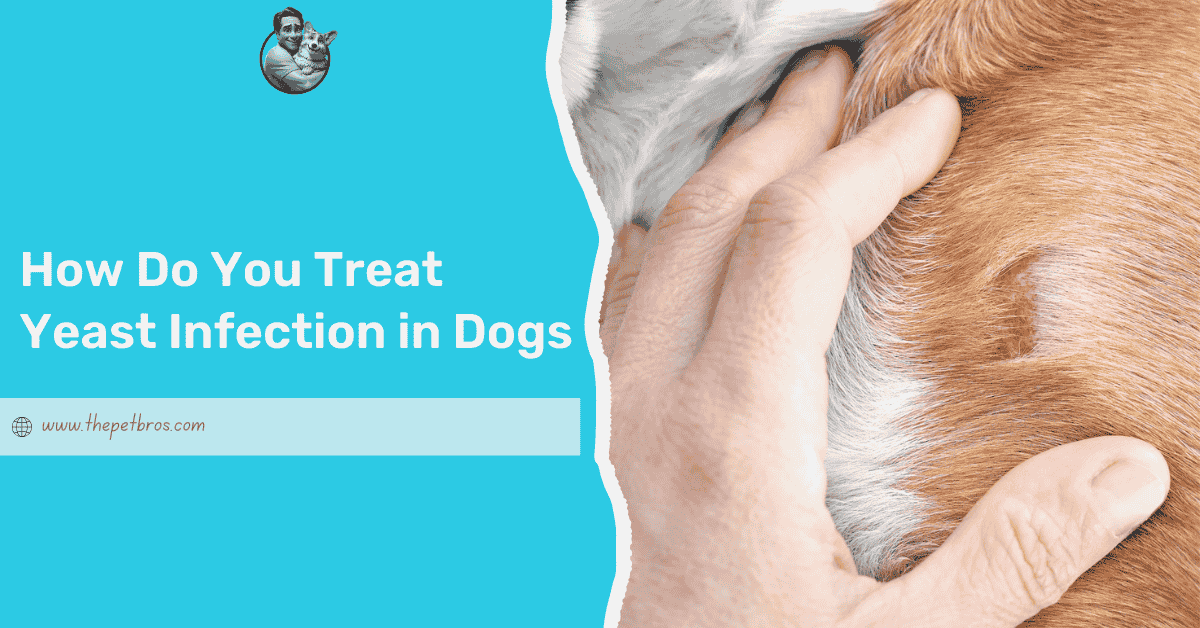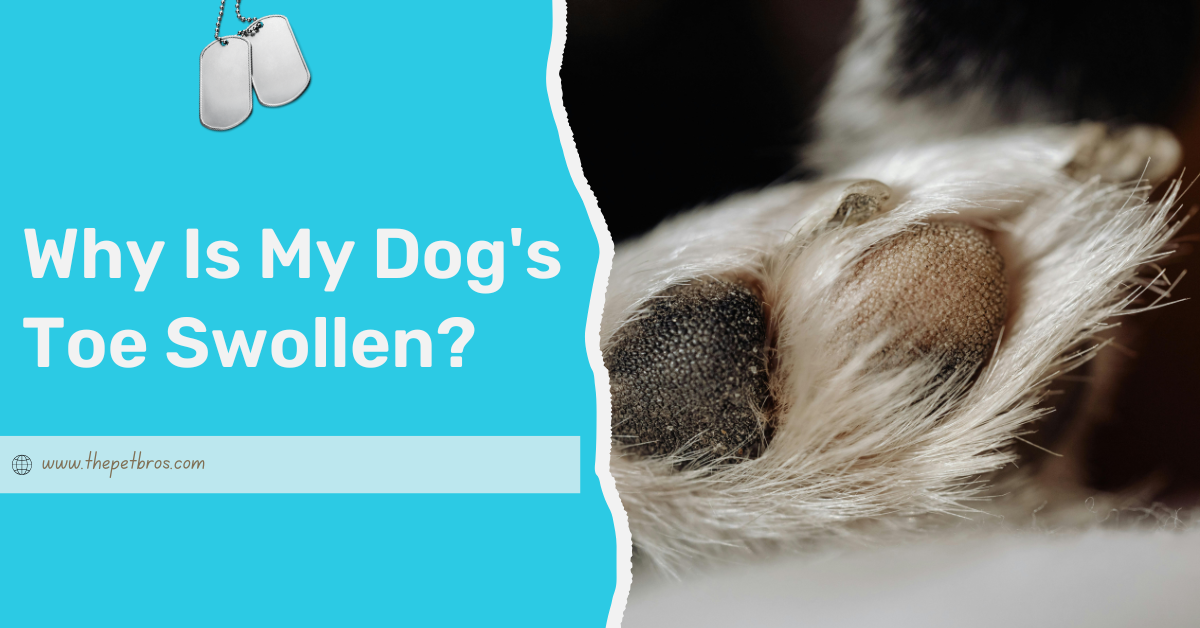It can be startling to see blood around your dog’s ear, especially if it seems to appear out of nowhere. You might wonder what caused it, how serious it is, and whether you should have paid more attention to their whimpering. Dog ear bleeding is something many pet owners face at one point or another. It can look dramatic, but the cause is not always severe. Sometimes it is the result of a small scratch from excessive scratching or head shaking. Other times, it could signal a deeper issue, such as infection, parasites, or trauma.
In this guide, we will help you understand the most common causes of dog ear bleeding, what to do if it happens, how vets treat it, and the steps you can take to prevent it. Knowing what to look out for and when to act will help you care for your dog with more confidence and peace of mind.
6 Common Reasons for Dog Ear Bleeding
- Ear infections: This is one of the most frequent causes. Bacteria or yeast can make the inside of your dog’s ear inflamed and sore. As your dog scratches or shakes their head to ease the itch, they might accidentally break the skin. That leads to bleeding, especially if the infection has made the ear very sensitive. Sometimes you might also notice a bad smell or discharge along with the bleeding.
- Ear mites and parasites: These tiny creatures love to hide deep inside the ear canal. Although you might not see them, they cause serious itching and irritation. As your dog tries to scratch away the discomfort, they can leave behind scabs and bleeding wounds. If left untreated, the constant scratching could also lead to an infection.
- Trauma or injury: A torn ear can happen from simple things like rough play or running through bushes. Even shaking their head too hard can cause small tears or burst blood vessels, especially in floppy-eared dogs. Ears are delicate and have a lot of blood vessels, so even small injuries can bleed a lot.
- Haematomas: A haematoma is a soft, swollen pocket of blood that forms inside the ear flap when a tiny blood vessel bursts. It might happen after too much scratching or head shaking. If the pressure inside builds up too much, the swelling could rupture and start bleeding. It looks dramatic, but your vet can treat it and make your dog more comfortable.
- Foreign objects: Grass seeds, twigs, or tiny bits of debris can sneak into your dog’s ear during a walk or playtime. Once inside, these objects can cause scratching, rubbing, or shaking, which leads to cuts and bleeding. If you notice your dog pawing at their ear or holding their head to one side, something might be stuck in there.
- Underlying health problems: In some cases, the bleeding could be linked to a bigger issue, like an immune condition or a tumour. These tend to come with other symptoms too, like a strange smell, ongoing swelling, or ear troubles that keep coming back. If bleeding happens often or does not clear up quickly, it is worth letting your vet take a proper look.
What to Do When Your Dog’s Ear Is Bleeding
The first thing to do is to stay calm. Your dog might be anxious, and they will look to you for reassurance. Speak gently, stroke their head. You can feed them and try to make them feel safe while you figure out what is going on.
Have a look at the ear without poking or pulling too much. If your dog allows, gently lift the ear and check where the blood is coming from. It might just be a small scratch or something more hidden. If the area looks sore or swollen, avoid touching it too much.
If the wound is on the outside and there is only a little blood, you can clean it gently with a damp cotton pad or soft cloth. Use cool water or a vet-approved ear rinse if you have one. Do not put anything into the ear canal.
If the bleeding is steady, press a clean cloth or gauze against the spot for a short while. A bit of pressure can help slow things down. Keep an eye on how your dog reacts and stop if they seem uncomfortable.
It is also important to notice how your dog behaves. Are they still shaking their head or scratching a lot? Are they whining? Do they look tired or upset? These signs can help you decide if the issue is mild or more serious. When in doubt, call your vet. If the bleeding continues, or the ear looks red, smells odd, or your dog seems in pain, it is best to get professional help. The sooner you act, the easier it will be to treat.
How Vets Treat Dog Ear Bleeding
When you take your dog to the vet with a bleeding ear, the first thing they do is check the ear thoroughly. They use special tools to look inside the ear canal and around the outer ear to find out what caused the bleeding. This helps them decide the right treatment without making the problem worse.
If your dog has an infection, the vet might give antibiotics or antifungal medicine. These often come as drops or ointments you apply at home. If parasites like ear mites are to blame, the vet will recommend a treatment to clear them up quickly. This usually involves a few applications and maybe cleaning routines to stop the problem from coming back.
For more serious cases like a haematoma, where the ear flap fills with blood, your vet may need to drain the swelling. Sometimes they use a needle, and other times they may suggest surgery, especially if it keeps returning. Small cuts and wounds might just need cleaning and a stitch or two, depending on how deep they are.
No matter the cause, your vet’s goal is to make your dog feel better and stop the issue from happening again. They will also give you tips on how to care for your dog’s ears at home. This might include ear cleaning advice, medication, or follow-up checks to make sure everything is healing properly.
6 Ways To Prevent Dog Ear Bleeding
- Clean their ears gently and regularly: Use a soft cloth or cotton pad with a vet-recommended ear cleaner. Wipe only the outer parts and avoid going deep into the ear canal. Keeping their ears clean helps prevent infection and irritation that could lead to bleeding.
- Watch for early signs of discomfort: If your dog keeps scratching, shaking their head, or showing redness around the ears, take it seriously. These could be early signs of a problem. Catching it early means less risk of bleeding and quicker relief for your dog.
- Check their ears after outdoor walks: If they love exploring bushes or long grass, tiny things like grass seeds or twigs can hide in the ear and cause trouble. A quick look when you get home can save a lot of worry later.
- Treat parasites as soon as possible: Ear mites and other parasites can cause serious itching, which leads to cuts and scabs. Use parasite prevention products your vet recommends and keep your dog protected all year round.
- Keep their nails trimmed: Sharp or overgrown nails can cause damage when your dog scratches. Regular nail trimming helps reduce the chance of them hurting themselves when their ears feel itchy.
- Avoid poking or harsh cleaning: Do not use cotton buds or harsh products. The ear canal is delicate, and rough cleaning can lead to injury. If you are unsure, ask your vet to show you the safest way to clean your dog’s ears.
Conclusion
Dog ear bleeding can look alarming, but many causes are treatable with the right care. From minor scratches to infections or haematomas, understanding what to look for makes a big difference. Always stay calm, examine the ear gently, and reach out to your vet when needed. With regular checks, good hygiene, and quick responses to early signs, you can help keep your dog’s ears healthy and pain-free. A little attention goes a long way in preventing discomfort, infections, and more serious issues. Your dog depends on you to notice the small things before they become big problems.
Frequently Asked Questions
How to stop ear bleeding?
Use sterile gauze to apply gentle pressure, then seek veterinary care to prevent complications or infection.
Does the ear bleeding go away?
Minor cuts may heal with care, but deeper or recurring issues need veterinary attention to resolve fully.
How to clean blood out of dog ears?
Use a damp cotton pad with vet-approved cleaner, wiping gently. Never insert anything deep inside.
Why is my dog’s ear bleeding?
It could be caused by injuries, infections, parasites, or underlying conditions. A vet should examine it promptly.














